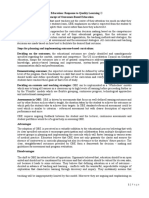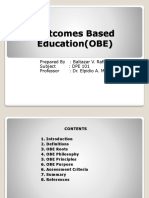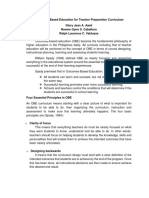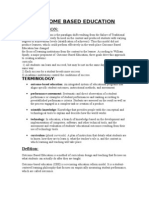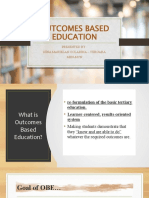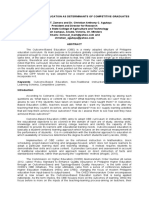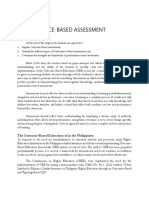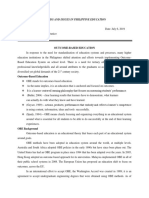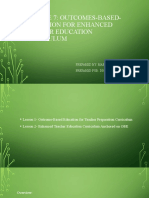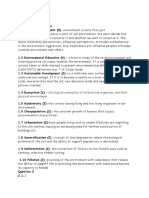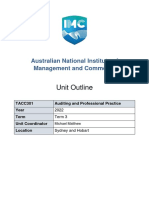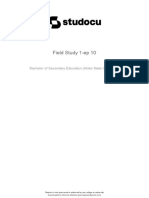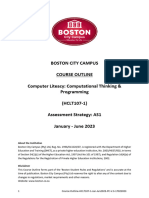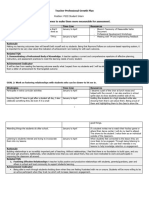0% found this document useful (0 votes)
38 views3 pagesOutcomes-Based Learning Notes
Outcome-based education (OBE), introduced by William Spady, focuses on what students learn rather than what they are taught, emphasizing the achievement of specific learning outcomes. Key principles include clarity of focus, designing down from intended outcomes, high expectations, and expanded opportunities for diverse learners. Despite its advantages, OBE faces criticism regarding curriculum changes, appropriateness of outcomes, assessment patterns, and a lack of evidence supporting its effectiveness.
Uploaded by
aelaananiCopyright
© © All Rights Reserved
We take content rights seriously. If you suspect this is your content, claim it here.
Available Formats
Download as DOCX, PDF, TXT or read online on Scribd
0% found this document useful (0 votes)
38 views3 pagesOutcomes-Based Learning Notes
Outcome-based education (OBE), introduced by William Spady, focuses on what students learn rather than what they are taught, emphasizing the achievement of specific learning outcomes. Key principles include clarity of focus, designing down from intended outcomes, high expectations, and expanded opportunities for diverse learners. Despite its advantages, OBE faces criticism regarding curriculum changes, appropriateness of outcomes, assessment patterns, and a lack of evidence supporting its effectiveness.
Uploaded by
aelaananiCopyright
© © All Rights Reserved
We take content rights seriously. If you suspect this is your content, claim it here.
Available Formats
Download as DOCX, PDF, TXT or read online on Scribd
/ 3

